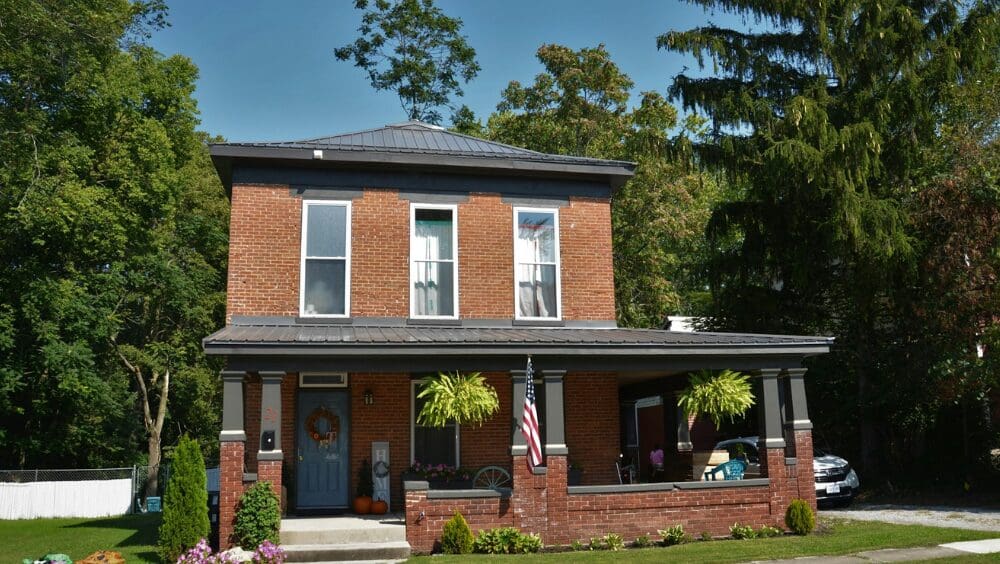
If you’re considering a move to Portland, Maine, understanding the cost of living in the Forest City can give you a better idea of what to expect before making your decision. In this guide, we break down the cost of living in Portland, from housing expenses to food and healthcare costs. We’ll provide data from the local cost of living index and comparison tools and look at how Portland ranks for livability compared to other U.S. cities. We’ll also share a handy set of additional online resources to measure and compare the cost of living and expenses in other Maine cities. When you’re planning to live in a new city, the cost of living will be a combination of expenses required to maintain your desired lifestyle. Cambridge Dictionary defines cost of living as “the amount of money that people need to spend to buy basic goods or services such as food, clothes, and a place to live.” This overall cost can vary significantly based on location, even within Maine. But the living expenses you’ll pay for typically include the following categories: However, the costs often extend beyond these basics to cover other expenses, such as: These elements, when combined, establish the core costs associated with a particular way of living. However, the standard of living you achieve is primarily influenced by your income and debts and how the dollar amounts compare to the costs of basic needs in your location or, in this case, the Portland community where you might want to live. Let’s take a quick look at some ways you can compare your current living cost with what you might experience if you move to Portland. A cost of living index (CLI) monitors how much these basic expenses go up or down over time in different states, cities, or regions. They provide a way to compare the price of maintaining a particular standard of living. The CLI for a city like Portland is calculated by assessing the price of essential goods and services, such as housing, food, transportation, and healthcare, in different areas. A local index is typically standardized, with a base city being assigned a baseline index value (usually set at 100). Other cities are then compared against this benchmark. For example, a Maine community with a CLI of 125 would signify that living there is 25% more expensive than the base location, while an index of 75 indicates it’s 25% less expensive. A cost of living index will typically break down and score each basic expense by category. Here are separate scores for Portland from the AreaVibes Portland, Maine Cost of Living Index: According to AreaVibes, Portland is 21% higher than the national average cost of living among the U.S. cities or urban areas they analyzed (as of January 2024). While Portland’s overall cost of living is 18% higher than the Maine average, essential items such as groceries, goods and services, health care, and utilities are priced at a level consistent with similar urban areas.What makes up the ‘cost of living’ in Portland?
What’s a Portland cost of living index (CLI)?
Cost perspective



